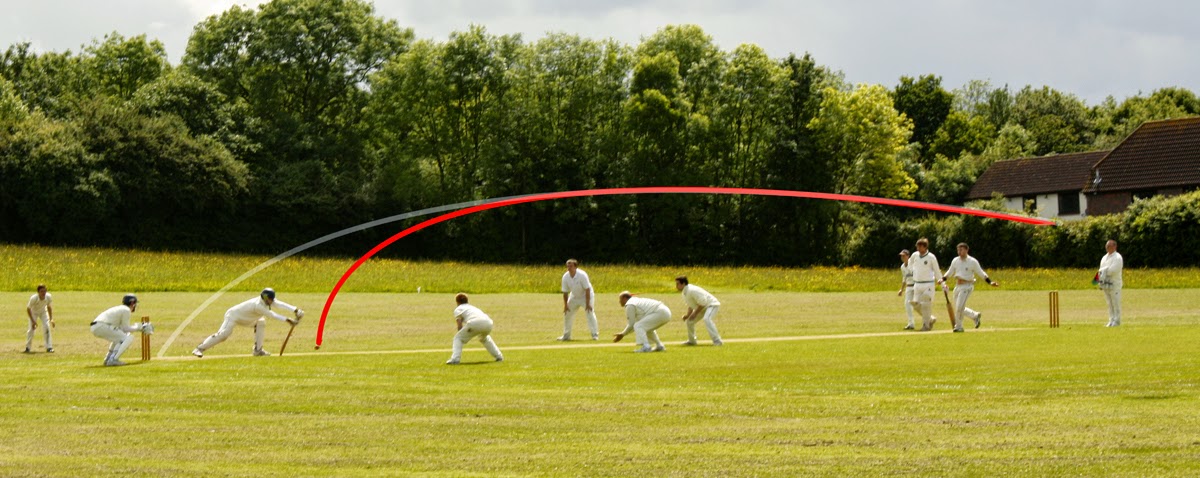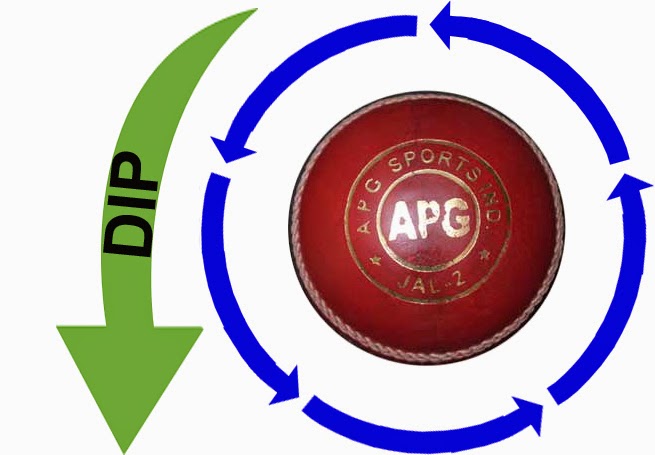I think it's all abundantly clear. Spin creates a vacuum-like effect that changes the normal flight of a ball. Seam position also effects the normal flight of a ball. Therefore, a cleanly presented seam when bowling (whether bowling spin or seam) will aid movement through the air. Of course, you are then presented with other problems if the batter is watching the seam position and batting accordingly. You may well chose, in that instance, to scramble the seam. But fundamentally, if you want to move the ball in the air, bowl with a clean seam.
I'm not saying you're wrong but I haven't seen or read any scientific proof that bowling with a non-scrambled seam is better for the magnus effect than a scrambled seam. If you produce a link to something that would be cool.
 The frustrating thing is, I've got contacts that mean I might be able to get access to the high speed cameras for free, but what's the point if I get the camera and no-one that can turn up on the day and bowl all the variations with drift so that they can be recorded and at last I might be able to make sense of it all! Wouldn't that be good though, how many hits would that get me on Youtube!!!!
The frustrating thing is, I've got contacts that mean I might be able to get access to the high speed cameras for free, but what's the point if I get the camera and no-one that can turn up on the day and bowl all the variations with drift so that they can be recorded and at last I might be able to make sense of it all! Wouldn't that be good though, how many hits would that get me on Youtube!!!! Keep posting, we can't lose posters!!!
Keep posting, we can't lose posters!!!


